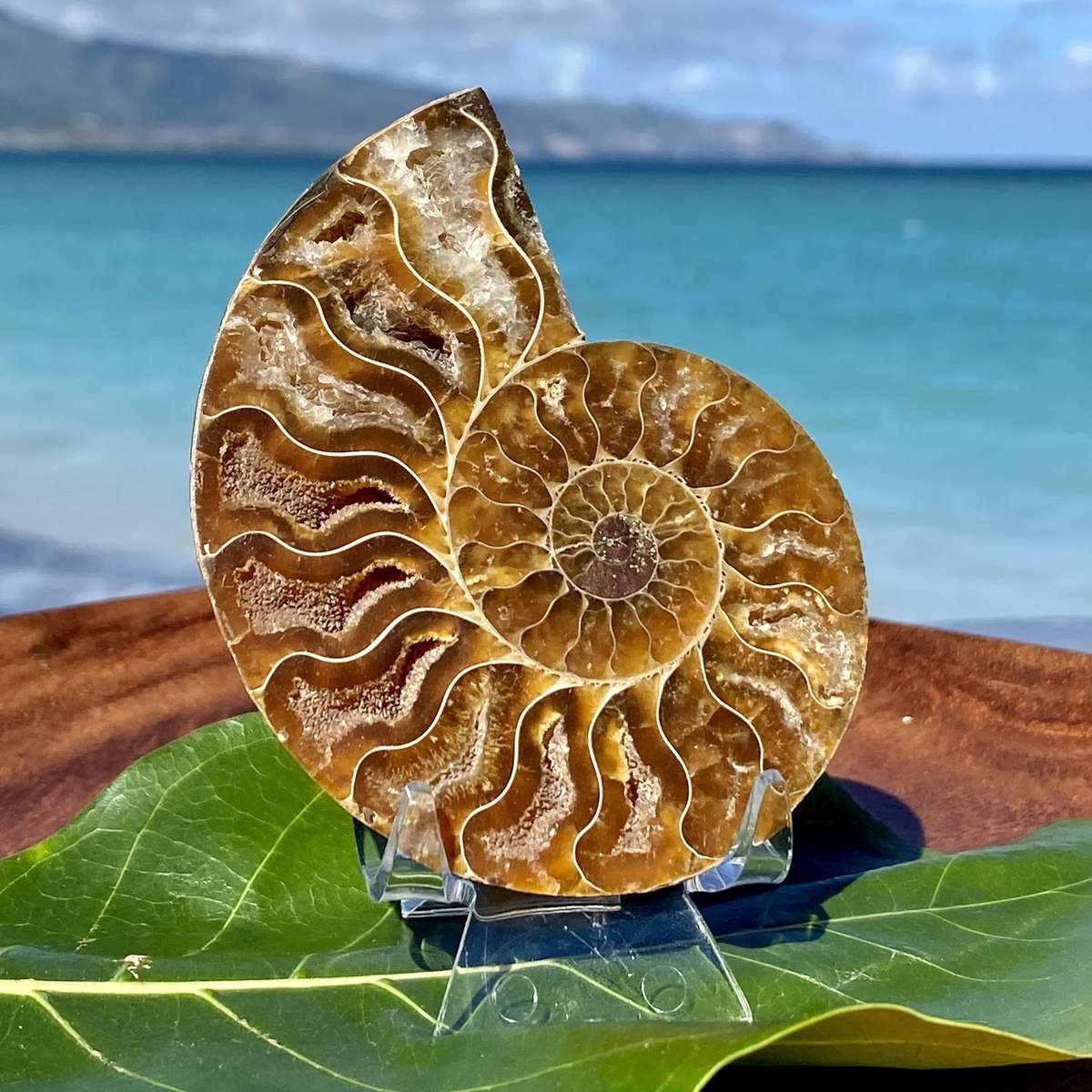
How to Spot a Fake Fossil
Spotting a fake fossil can be difficult if you have no idea what to look for when identifying a fossil in the first place. Start by researching the fossil you are aiming to acquire. Many fossils may look similar while being from two different creatures. It is important to know the signs to look out for to make sure that you are not buying a fake fossil.
Signs Your Fossil is a Fake
Fossils are preserved remains of anything once living. They vary by sediment type and, depending on the region, can be formed from amber, which is fossilized tree resin. Fossils are fun to collect, but you must be careful when buying fossils to ensure your collection is authentic.
Physical Aspects to Look for in a Fake Fossil
- Air bubbles: These form in plaster or resin casts but are not found in actual fossils.
- Undisclosed restoration: If a seller tells you about a fossil they found and explains to you that it was in a few pieces, but they glued them back together, then it can still be considered an authentic fossil. However, if the seller says, “was missing numerous teeth” but then offers you a complete jaw, it would be wise to question the legitimacy and assume that it is a fake fossil.
- Enhancements: Though enhancements can be completely normal, such treatments reduce the value of the fossil considerably. You can still buy fossils that have been enhanced, but overall, it changes the originality, so their value diminishes.
- Morphology: How does the fossil look? How does it compare to the bone structure and body of the animal whose fossil you are trying to collect? If it looks off, it most likely is. Fine details are hard to fake, especially in the fossil world.
- Weight: The first thing paleontologists check is the weight. When something becomes a fossil, it is made up of minerals, so it gets heavier, and it is quite a noticeable difference. When buying fossils, this is one of the easier ways to spot a fake fossil.
Non-Physical Aspects to Look for in a Fake Fossil
The market value of these fossils can be a significant warning sign as to their authenticity. Buying fossils is a tricky process. If you find a seemingly good deal on eBay, it probably isn’t that rare. Another benefit of knowing the market price is that many fossils are widespread and would only cost a few dollars just about anywhere, so it’s rarely worth the effort to try and pass it off as a fake fossil.
The information included when buying fossils is almost more important than the fossil itself. This information offers a guide to where more of this fossil can be found and verifies its authenticity.
If you buy from someone who claims to have dozens available, this is undoubtedly a sign of fake fossils. Each fossil has its unique aspect, so there would never be two of the same kind of fossils.
Misinformation is another widespread issue. It can be easy for even the most famous and well-known paleontologists to make a mistake when identifying a fossil, especially if it is an uncommon one. While most times this is accidental, some paleontologists will lie for financial gain.
Using the Color of Your Fossils to Gauge Authenticity
The color of a fossil can tell you everything you need to know about its authenticity. It is easy to find something that looks legitimate but is a fake fossil. Follow the steps below to use the color and weight of the fossil to confirm its legitimacy.
For lightweight fossils, it is essential to note if the color is light or dark. If the color is light, it’s a sign that it is a more recent bone and not a fossil. If it is dark in color, it is a fossil cast.
With heavy fossils, it is essential to note if the color is light or dark as well. A dark fossil that is smooth no matter the shape is usually a rock. If there are breaks and cracks or holes and pores, then it is a fossil. If there are not any holes or pores, it is petrified wood. If it is light in color, that means it is flint or granite.
Places to Buy Fossils
Now that you know how to detect a fake fossil, you might be wondering where you can buy a legitimate one. Fossils are available for purchase in a few different ways:
- Online
- At fossil and mineral trade shows
- In local shops
- At museums
Buying a fossil at the museum gift shop can be tempting, but it usually comes with a hefty price tag. While all those fossils are one of a kind and authentic, there are other options if you have the time to shop around.
When visiting your local shop that sells fossils, feel free to ask the shop owner questions. Many will be delighted to have a conversation with you about how they became enthusiasts in the first place and can certainly point you in the right direction.
Fossil and mineral trade shows also offer buyers the opportunity to see a range of fossils they can learn about. Check online for shows in your area if this is something that interests you. Many locations have a big show and a smaller scale show once a year.
Another option is buying fossils online. The ability to buy online does give the buyer a bit more time to research the company selling the fossil and more information about it and its history. Please note the questions and information above to ensure that you are buying from a reputable place that is also authentic, so you know that you are getting what you are looking to buy.
How to Buy Authentic Fossils
Buying fossils can be an enjoyable process, and we can help you learn everything you need to know about fossils. If you are an avid collector, the thrill of finding the perfect piece to add to your collection is an exciting journey.
When learning about the fossil you intend to buy, it is important to educate yourself on fake fossils. This will make sure that you, as the buyer, are getting exactly what you set out to buy for your collection.
Even if this is your first fossil purchase because you want to start a collection or you are excited about owning something from a historic time, the thrill of tracking it down is one to remember. Knowing what to look for when it comes to authenticity is important to keeping the journey to finding your next collectible an enjoyable one.




